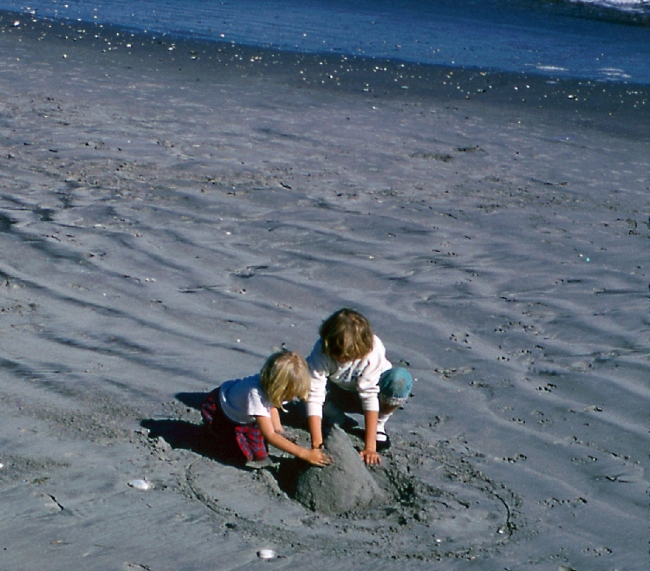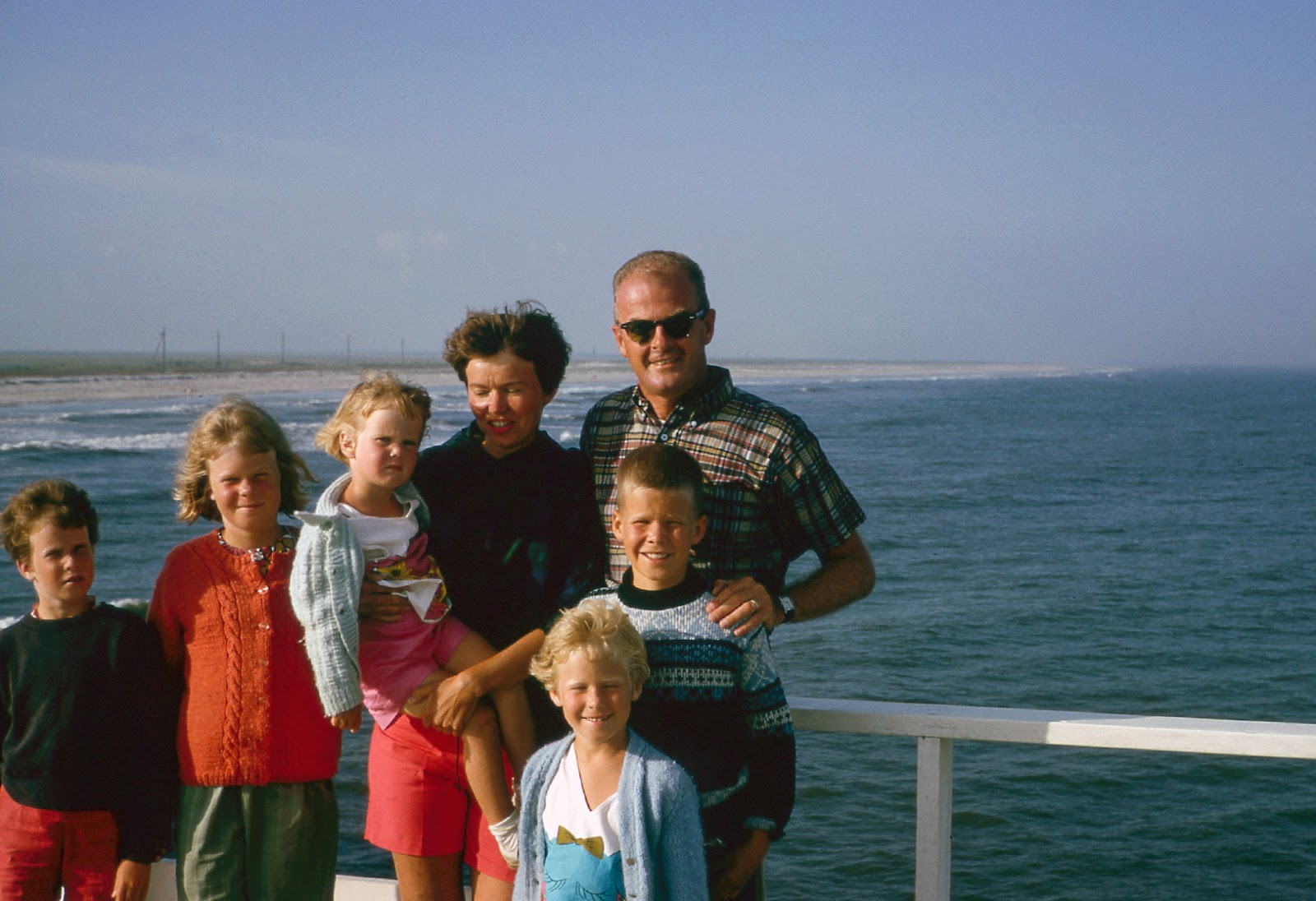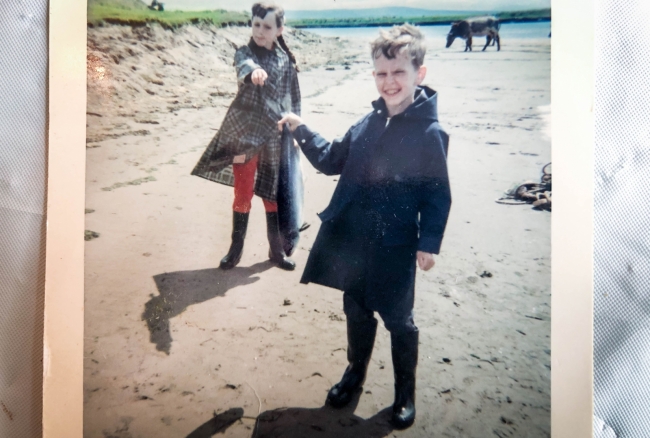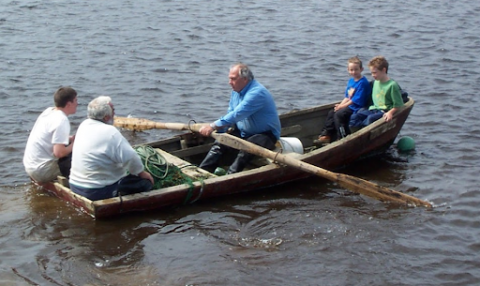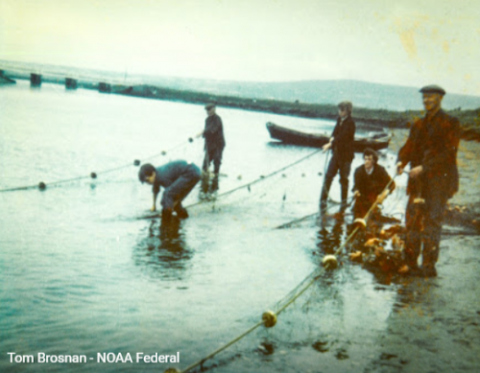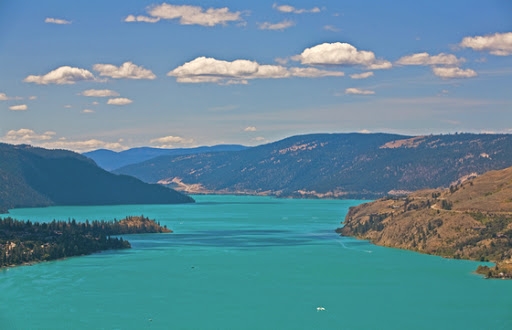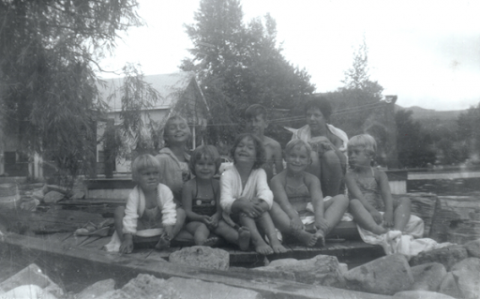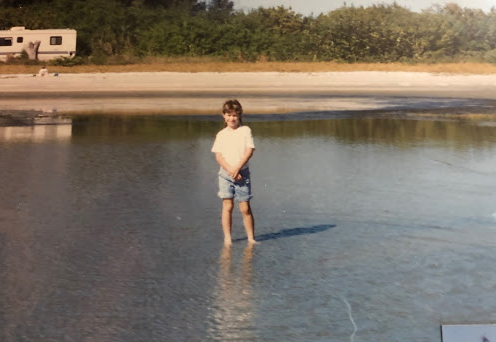Everyone at NOAA’s Office of Response and Restoration plays a crucial role in our mission. For many of us, our journey into the marine world can be traced back to a special place that first sparked a love of water and wild places. This first installment of our new monthly series “Homewaters” explores some of the waters that kindled a passion that would go on to last a lifetime.
Brigantine, New Jersey
I became fascinated with the ocean and the shore as a child in the 1960s, spending summers at Brigantine, New Jersey, a barrier island just north of Atlantic City. In the fall, walking along the two miles of deserted beach north of what was the old Seahorse Pier I got to experience a more natural side of the beach. There, we could climb dunes and explore around in the seagrass.
We always looked for the deepest gullies to wade in, sometimes spotting small sand sharks darting around and lots of other interesting sea creatures. We found remnants of old jetties, only exposed at low tide. We found horseshoe crabs, lots of conch and clamshells, sand dollars, jellyfish, tarballs, (that ended up stuck to our feet), and the occasional piece of marine debris. It always seemed to be windy. We loved it, and at that time of year, we were frequently almost the only ones on the beach.
There are no beach houses or guarded swimming beaches at this protected end of the island. To a child, it seemed wild and a little bit dangerous, in a good way. When there, it’s possible to imagine a time before the island was settled. I revisit it when I can, and I’m happy to say that it remains largely the same.
– Vicki Loe, OR&R Senior Communications Specialist in Seattle
Cashen River, Ireland
Growing up in New York City my beaches were Rockaway, Jones, and Orchard, and my fishing hole was the Hudson, where the water was so degraded we’d catch nothing but eels. But for me, my appreciation of water began on the banks of the Cashen River in County Kerry, Ireland. Every summer, my sister and I would trade New York’s hustle for the rhythm of a small dairy farm in Ireland - where my parents grew up.
The biggest draw was the nearby Cashen, a tidal tributary to the mouth of the Shannon. To supplement their modest farm income, my uncle would fish for salmon with his neighbors using small boats and drift nets. Our days and weeks revolved around the rhythm of the tides – targeting the coming high tides to make the best hauls. Every haul was an adventure as you never knew what would be in the net – salmon, white trout, bass, flounder, or plenty of times, nothing but crabs to tangle the net. Between the tides, there was plenty of time to walk the banks, picking mushrooms, spying hares, foxes, frogs, and birds, and dodging cross bulls.
I’ve been fortunate to explore memorable waterways in many parts of the world for work and play, including deep oceans, rocky shores, teeming estuaries, and quiet brooks. But I always look forward to when I can next revisit the Cashen and feel the pull of its tides again.
– Tom Brosnan, Assessment and Restoration Division Deputy Chief in Silver Spring, Maryland
Kalamalka Lake, British Columbia, Canada
I spent my childhood summers at my father’s cabin on scenic Kalamalka Lake near Vernon, British Columbia. Kal (as we call it) is one of a handful of unique bodies of water known as “marl lakes.” In summer’s warmer temperatures, calcium carbonate (limestone left by past glaciers) forms crystals in the lake that reflect sunlight. This results in a breathtaking array of blue, green, and turquoise colors.
At Kalamalka Lake, I learned to swim. Wading in the lake with my sisters and cousins, I caught tiny minnows, tadpoles, caddisfly larvae, and the occasional leech. We swam, floated, canoed, and water-skied. We dove for golf balls to improve our underwater swimming skills. And we enjoyed the antics of our water-loving Chesapeake Bay retriever. Camping out at the cabin, we would sometimes wake to the flute music of Paddy Mackie, who lived across the lake. It was a lovely lesson in how sound seems to be amplified when it travels over water.
My love of Kalamalka Lake, and lakes in general didn’t directly lead to my career at NOAA’s Western Regional Center – coincidentally, located on a beautiful lake! However, my experiences at NOAA have definitely impacted my life at the lake. Loving lakes means taking care of lakes, and as a lake-lover, I’m on board with that!
– Donna Roberts, Emergency Response Division Web Content Specialist in Seattle
Sebastian Inlet State Park, Florida
Whenever I’m near the water and no matter my age, my inner explorer will come out to play. When I was younger, each year we would have a family vacation to visit my grandparents in Melbourne, Florida. My sister would get really excited to swim in their pool, but I looked forward to Sebastian Inlet State Park.
One of many beautiful Florida State Parks, Sebastian Inlet offers something for everyone. To me, that meant digging holes in the white sandy beach, swimming in the salty ocean, or wading in the tidepools to look for hermit crabs. I would pretend to be an explorer discovering the jetty rocks that were rich in animal life. I was a biologist, no, Steve Irwin, no, I was... whatever I wanted to be! And my parents encouraged me to explore all of these options into the person I am today.
Now, well into my career, I share my love for the water with others as an educator, communicator, and outdoorswoman. As I continue to show others the many wonders of our watery world, I will be reminded of Sebastian Inlet State Park as the place I first got my feet wet – my homewater.
– Jennifer Simms, Marine Debris Program Education and Communications Specialist in Silver Spring, Maryland
Join us next month for more homewater stories.

